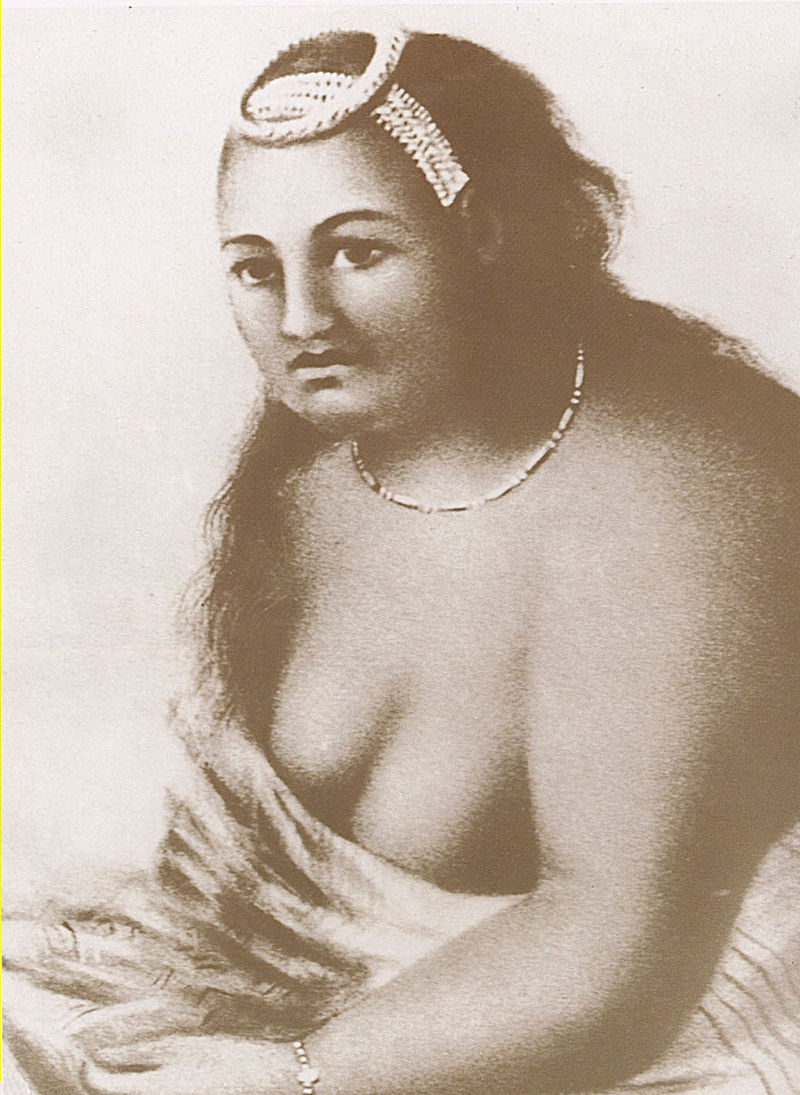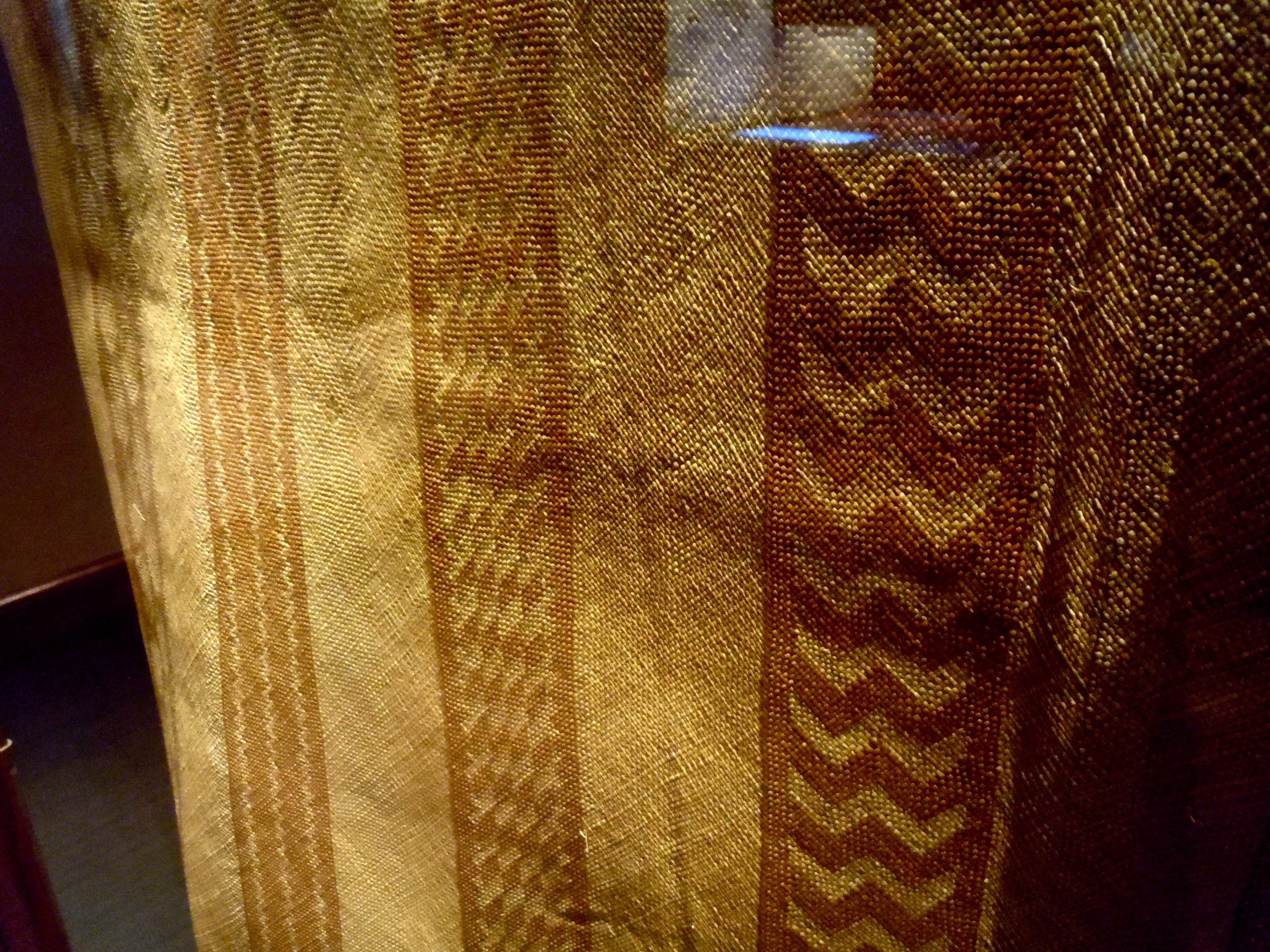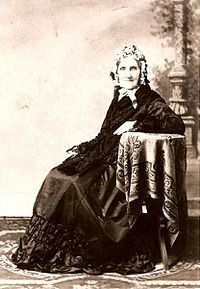Prior to the unification of the Kingdom of Hawai’i under Kamehameha I, Niʻihau was ruled by the ali’i. Kahelelani was the first of the Niʻihau aliʻi. His name is now used to refer to the Niʻihau kahelelani, the puka shell of the wart turbans used to make exquisite Niʻihau shell jewelry. Ka’eokulani was a ruler of northern Niʻihau who unified the island after defeating his rival, a chief named Kawaihoa. A stone wall built across a quarter of the island’s southern end marked the boundaries of the two chiefs: Ka’eo’s land was identified by black stones and Kawaihoa’s by white stones. Eventually, a great battle took place, known as Pali Kamakaui. Kāʻeo’s two brothers, Kaiana and his half-brother Kahekili II, the King of Maui, fought for Kāʻeo and the end result was Niʻihau being united under his rule. Kawaihoa was banished to the south end of the island and Kāʻeo moved to the middle of the island to govern. Kāʻeo married Queen Kamakahelei and a future king of Niʻihau and Kauaʻi named Kaumuali’i was born in 1790. Kaua’i and Niʻihau are said to have carried the “highest blood lines” in the Hawaiian Islands due to those events.
King Kamehameha managed to unify all of the islands by 1795, except for Kauaʻi and Niʻihau. Two attempts to conquer those islands had failed, and Kamehameha lost many men. Finally, in 1810, Kamehameha amassed a great fleet, and Kaumualiʻi, the last independent aliʻi, surrendered rather than risk further bloodshed. Independence again became feasible after Kamehameha’s death in 1819, but was put down when Kamehameha’s widow, Ka’ahumanu, kidnapped Kaumualiʻi and forced him to marry her. Shortly thereafter, Niʻihau remained part of the unified Kingdom of Hawai’i.
Elizabeth McHutchison Sinclair purchased Niʻihau and parts of Kauaʻi from Kamehameha V in 1864 for $10,000 in gold. By around 1875, Niʻihau’s population consisted of about 350 Native Hawaiians, with 20,000 sheep. This era marked the end of the art of Hawaiian ‘mat–weaving’ made famous by the people of Niʻihau. Makaloa, a native sedge, used to grow on the edges of Niʻihau’s three intermittent lakes. The stems were harvested and used to weave moena makaloa (mats), considered the “finest sleeping mats in Polynesia.” The mats were valued by aliʻi and foreign visitors alike, but by the end of the 19th century, Hawaiians had stopped weaving makaloa due to changes in population, culture, economics, and the environment.
In 1915, Sinclair’s grandson, Aubrey Robinson, closed the island to most visitors. Even relatives of the inhabitants could visit only by special permission. Upon Aubrey’s death in 1939 the island passed to his son Aylmer, and in 1968 to Aylmer’s youngest brother, Lester. Upon Lester’s wife Helen’s death, the island passed to his sons Bruce Robinson and Keith Robinson.
Niʻihau also played a small role during the infamous attack on Pearl Harbor on December 7, 1941. In what has come to be called the “Ni’ihau Incident”(or the Battle of Niʻihau), a Japanese pilot whose Zero had been hit crash-landed on the island hoping to rendezvous with a rescue submarine. The pilot escaped with the assistance of local Japanese residents, but was later recaptured and killed. It was the subject of a popular song, “You Can’t Conquer Niihau, Nohow”.





